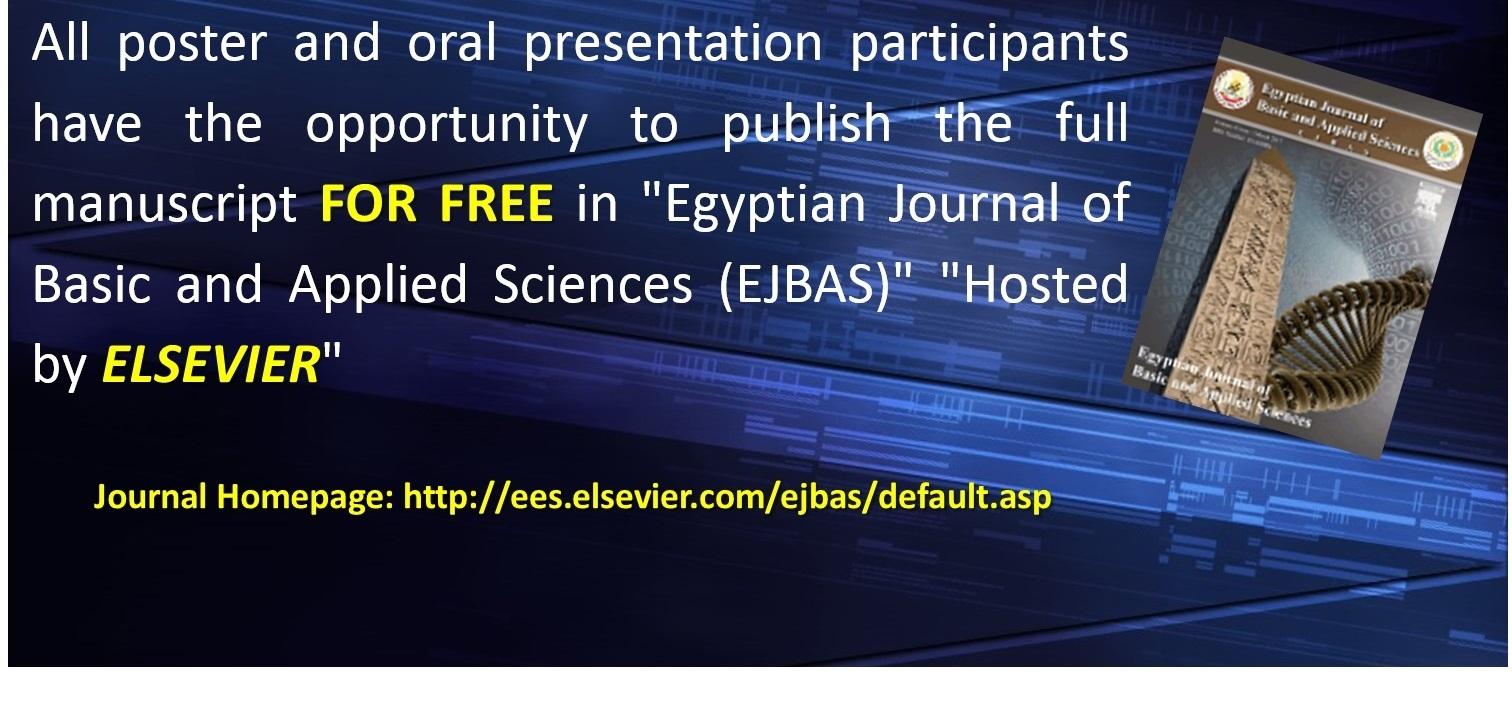Dr. Morkos Henen &
Dr. Shahenda El-Messery
A discovery journey in Active site using Nmr and Qm Strategies
1- For the 1st time in Egyptian University, hands-on training on using advanced NMR techniques for Drug Design.
2- 1D, 2D and 3D NMR experiments to study drug / target interaction (mapping of the exact binding site, affinity, pharmacophore).
3- State-of-Art programs to process and interpret the interaction using NMR.
4- Training on designing compounds to target proteins involved in Alzheimer’s Disease and tumors.
5- All projects and examples are published by international pharmaceutical companies as Novartis.
5- In addition, a qualitative understanding of protein–ligand interactions is essential for the rational design of drug molecules. Quantum mechanics derived descriptors can be used to probe protein–ligand complexes. We will shade the light on some of these techniques, with getting especial attention to mapping protein surface to get a clear image deriving us towards picturing effective ligand-active site interaction.
Proposal for Workshop-Drug Discovery using NMR & QM strategies
1- Introductory Lecture about Fragment Based Drug Design (concept of fragment, what’s target, protein structure, techniques used in elucidation of drug-protein interaction).
2- Computer Session: Using Protein Data Bank (downloading specific protein, difference between structures solved by X-ray or NMR on the bank, file extensions for the downloaded files).
3- Computer session: Using SPARKY Software “T. D. Goddard and D. G. Kneller, SPARKY 3, University of California, San Francisco”.
4- SPARKY is a leading tool for visualization and understanding protein NMR spectra and solve mysteries of interaction between Drug & Target:
a- How to open 2D NMR file for a protein after acquiring the data.
b- How to detect what the peaks mean and very easy way to understand NMR data.
c- Color highlight of specific amino acids or the binding pocket.
d- Overlaying two NMR spectra after and before adding the drug.
e- Visualizing the binding pocket amino acids upon addition of drug.
f- Real examples about targeting protein “TAU”; one of the most important proteins involved in Alzheimer’s disease.
g- Creating publishable figures.


